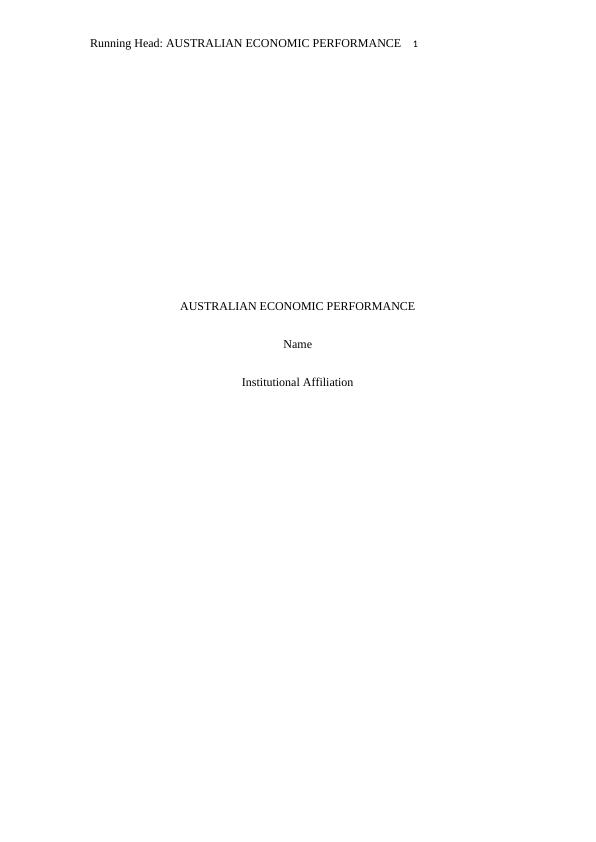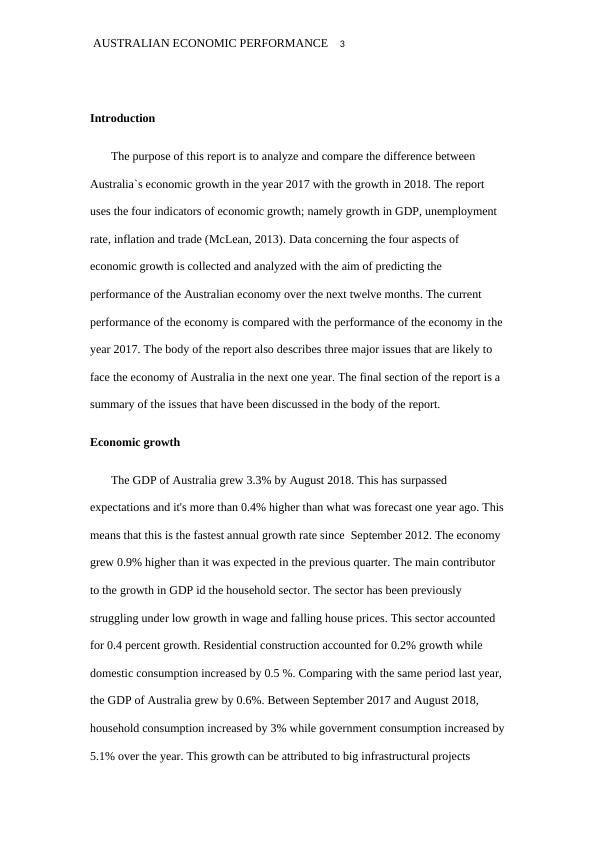Australian Economic Performance: GDP, Unemployment, Inflation and Trade
Added on 2023-06-06
10 Pages2483 Words382 Views
End of preview
Want to access all the pages? Upload your documents or become a member.
Economic Performance of Australia: GDP, Unemployment, Inflation and Trade
|12
|2399
|330
Economics and finance Assignment PDF
|13
|2251
|161
Economics for Decision Making
|12
|2395
|500
Role of Fiscal Policy in Stabilizing the Australian Economy
|20
|3091
|45
Assignment on Macroeconomic Environment of Australia
|19
|3617
|26
Challenges Faced by Australian Economy in the Next 12 Months
|10
|2252
|160



